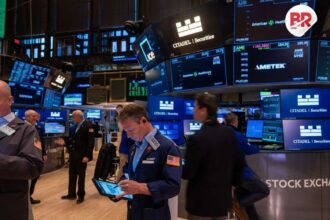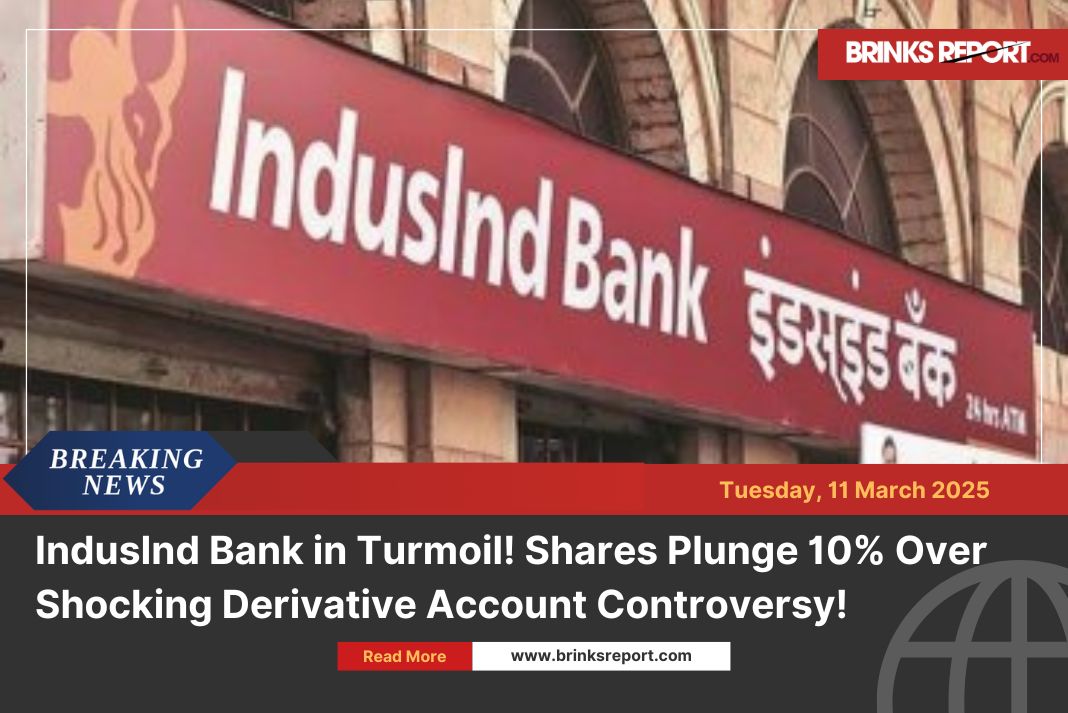
The dollar just took a massive hit. It’s now at its lowest point in three years. What’s behind the fall? A mix of politics, pressure on the Fed, and rising global market optimism.
Reports suggest that former President Donald Trump may announce a new Federal Reserve chief months before Jerome Powell’s term ends next May. That’s fueling fresh bets that interest rates in the U.S. could drop even faster than expected.

The Wall Street Journal reported Trump is actively considering Powell’s replacement. The dollar has been sliding all year, down over 10%. If this trend holds, it would be the worst first half for the dollar since the 1970s—when free-floating currencies began.
Meanwhile, global stocks are partying. The MSCI world stocks index hit another record high—its second in just three days. European markets also edged up, with the STOXX 600 gaining 0.2% as investors welcomed signs of peace between Israel and Iran and progress on U.S.-EU trade talks.
The euro surged to $1.173, the highest level since 2021. Currency traders seem to be turning their backs on the dollar, with many now holding “underweight” positions—meaning they expect it to keep falling.
Experts say the dollar’s weakness isn’t just about politics. Michael Metcalfe from State Street says the currency is in a “structural decline,” as even positive economic news isn’t helping it bounce back.
NATO’s recent summit also gave markets a lift. European countries agreed to spend 5% of their output on defense. That kind of commitment boosts investor confidence, especially in the euro.
Also Read India’s Economy Remains Stable Amid Global Trade and Political Uncertainty: RBI
In Asia, Japan’s Nikkei jumped 1.65%, reaching highs not seen since January. The Swiss franc and Japanese yen both strengthened, showing how investors are seeking safer bets than the dollar right now.
Back in the U.S., traders are betting big on a Fed rate cut. Just a week ago, there was a 12.5% chance of a cut in July. Now, it’s nearly 25%, according to the CME FedWatch tool.
Trump’s open frustration with the Fed has added pressure. If he names a replacement early, it could cast a long shadow over Powell’s decisions. Analysts say Trump’s pick would likely support low rates and align with his economic agenda.
But this brings up a big issue—Fed independence. If the central bank is seen as political, trust in the dollar could drop even more.
Even bond markets are reacting. The two-year U.S. Treasury yield slipped to its lowest in seven weeks, showing expectations of looser monetary policy.
Oil markets also bounced back. Brent rose to $67.93 per barrel, and WTI climbed to $65.21, after slipping earlier this week post-Israel-Iran ceasefire.
As the July 9 trade deadline looms, all eyes remain on Trump. Will he make good on his tariff threats? And will the dollar survive the political pressure?
Also Read In a Major Industry Move, Ambani and Adani Officially Partner to Sell Fuel Across India












